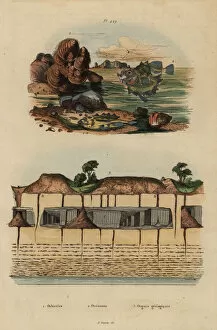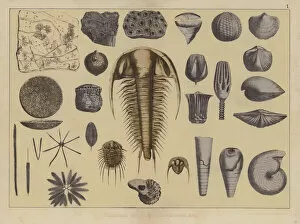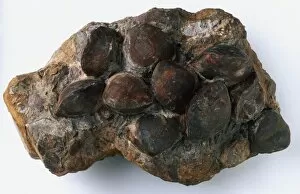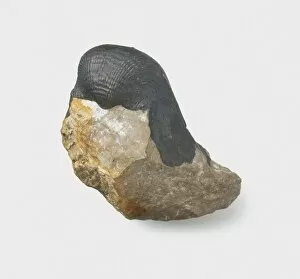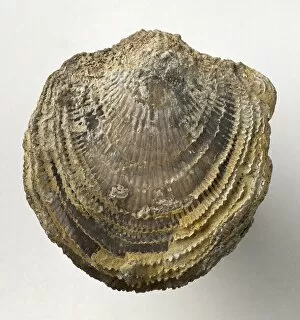Brachiopods Collection
Brachiopods, the ancient marine creatures that have withstood the test of time
All Professionally Made to Order for Quick Shipping
Brachiopods, the ancient marine creatures that have withstood the test of time. These fascinating organisms are often found in sediments deposited in moderate to high energy environments. The shell of Cyclothyris difformis, a type of brachiopod, is a true marvel. Its intricate design and delicate curves make it a sight to behold. Fossilized brachiopods tell tales of the past, providing us with glimpses into prehistoric oceans. From ox-eye oreo to geological organs, these remnants offer valuable insights into Earth's history. Spirobranchia, an exquisite color lithograph from 1899-1904, showcases the beauty and diversity of these early Palaeozoic Era animals. Mucrospirifer mucronata was another remarkable species that thrived in soft, muddy substrates. Its butterfly-shaped shell is truly unique and serves as evidence of its adaptation to such environments. Meanwhile, Pentamurus they were fossilized within smooth stone - a testament to their endurance over millions of years. Meristina obtusa lived in shallow waters and formed clusters of shells that create stunning displays when discovered together. Actinoconchus paradoxus had an intriguing lifestyle; attached to hard substrates by a short pedicle, its brachial valve perfectly matched the surface it clung onto. Lastly, we have Derbyia grandis - a free-living brachiopod whose pedicle valve reveals its independence from attachment structures seen in other species. These captivating creatures continue to captivate scientists and enthusiasts alike as they unlock secrets buried deep within their fossilized remains and can not just relics from the past; they are living reminders of our planet's rich history and evolution through time.



